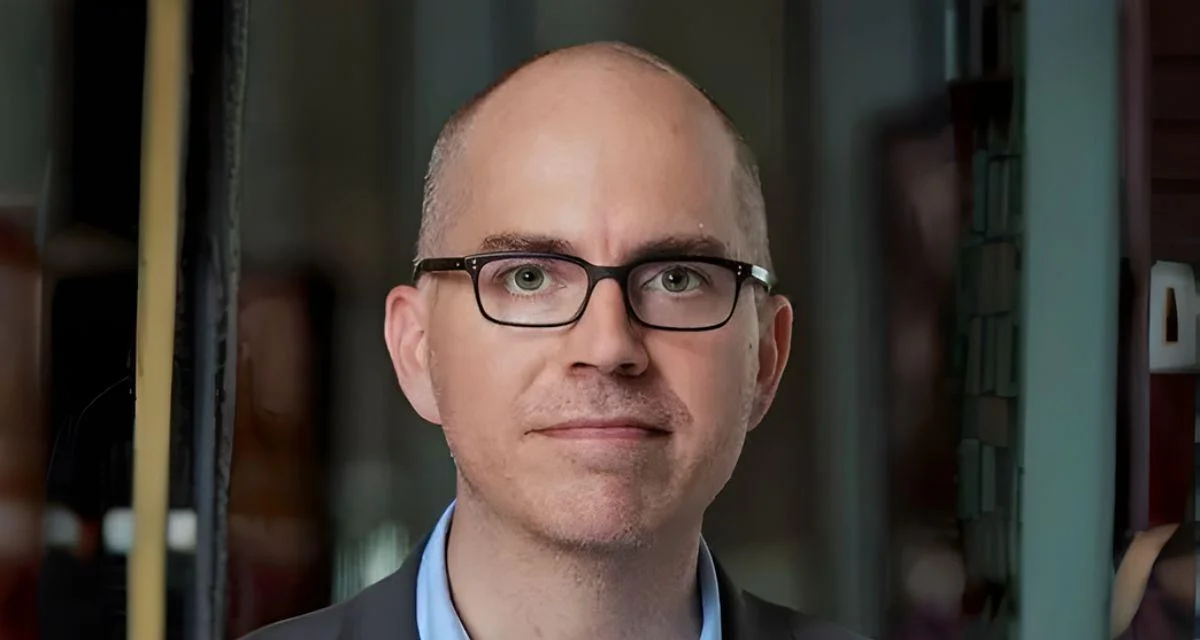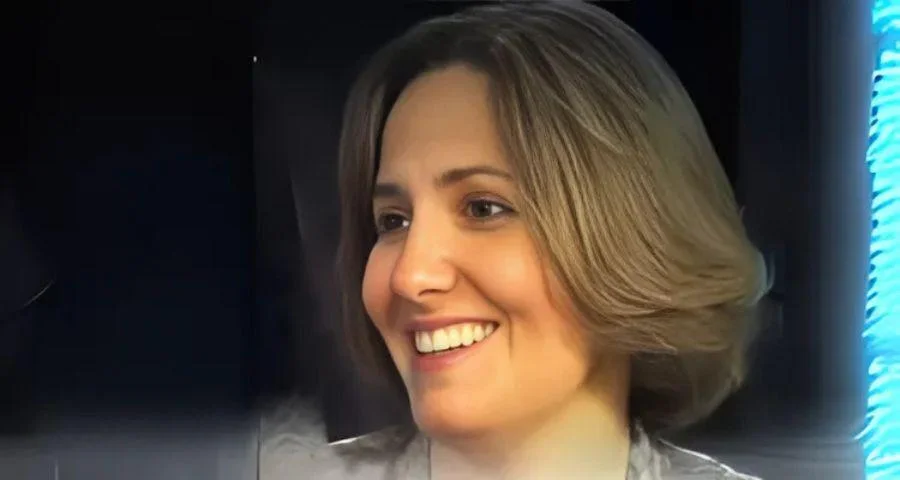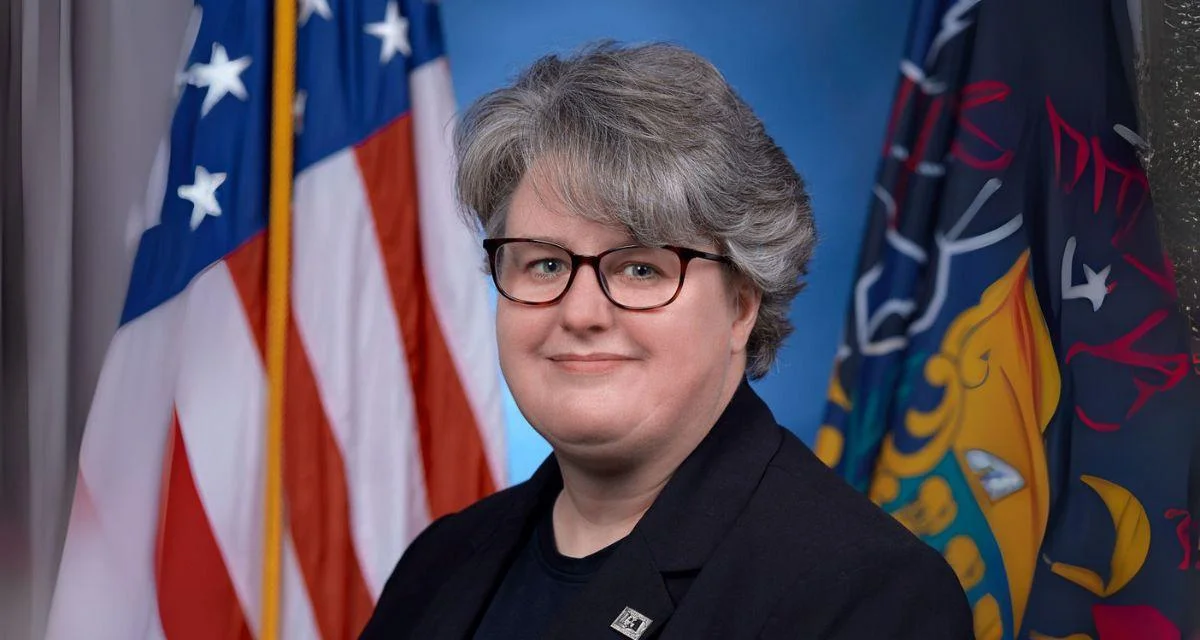
Stela Patron Senior Director, Business + Development | Official Website
As California State University, Fullerton unveils its new visual arts complex, the focus is on creating a campus environment that encourages students to remain on-site for their studies and interactions. The project, costing approximately $65 million, includes two new buildings and renovations of existing ones, with facilities aimed to support careers in animation, game art, and graphic design.
Christina Delgado, Fullerton’s visual arts complex project manager and leader of HGA's arts, community, and education practice group, explains that the design considers students' basic needs for WiFi access, workspaces, shade, and seating. "Ideally, if students feel at ease staying on campus throughout the day, they’ll also want to be at Fullerton for the long term too," Delgado notes.
To combat declining enrollment, colleges are placing an increased emphasis on campus design. Delgado states the importance: “You need to be able to make spaces … that people want to be in. It’s not just about learning a skill and leaving. It’s about having a whole life experience.”
Fullerton’s complex is described as a "micro campus" with designs that utilize natural light and include spacious corridors and entrances. Dean of the College of the Arts, Arnold Holland, emphasizes creating spaces where "students will have places both on the interior and the exterior to just be on campus," avoiding the need to leave between classes.
The facility boasts a computing lab for student collaboration and easily accessible faculty offices designed to ease student interaction. The interior is intended as a solitary canvas, showcasing student art and includes galleries for public and student exhibits.
Delgado stresses, "You want people to want to come and learn, but in order to keep them on campus, you have to show them, ‘oh, I can actually make it and I have the tools to make it.’”
Colleges are adapting to a need for flexible spaces that accommodate both current and future needs. Audrey Sorensen of APPA highlights the importance of spaces that change uses throughout the day.
Delgado concludes by stressing the goal to "ensure that students want to be at school and stay at school" by creating spaces that allow them to feel prepared and excited about their future careers. The design philosophy aims to eliminate barriers, making campuses more appealing and engaging for both students and faculty.





 Alerts Sign-up
Alerts Sign-up